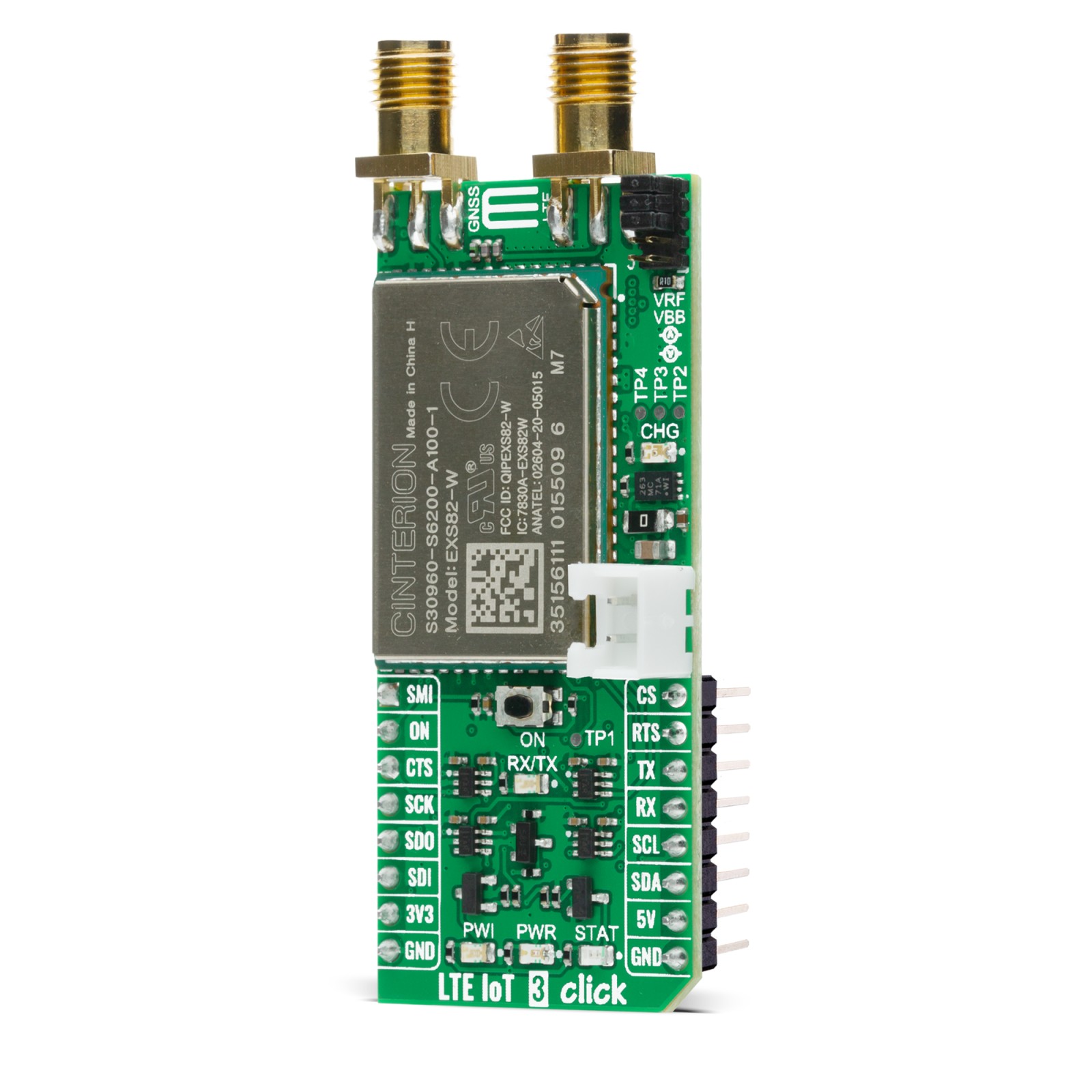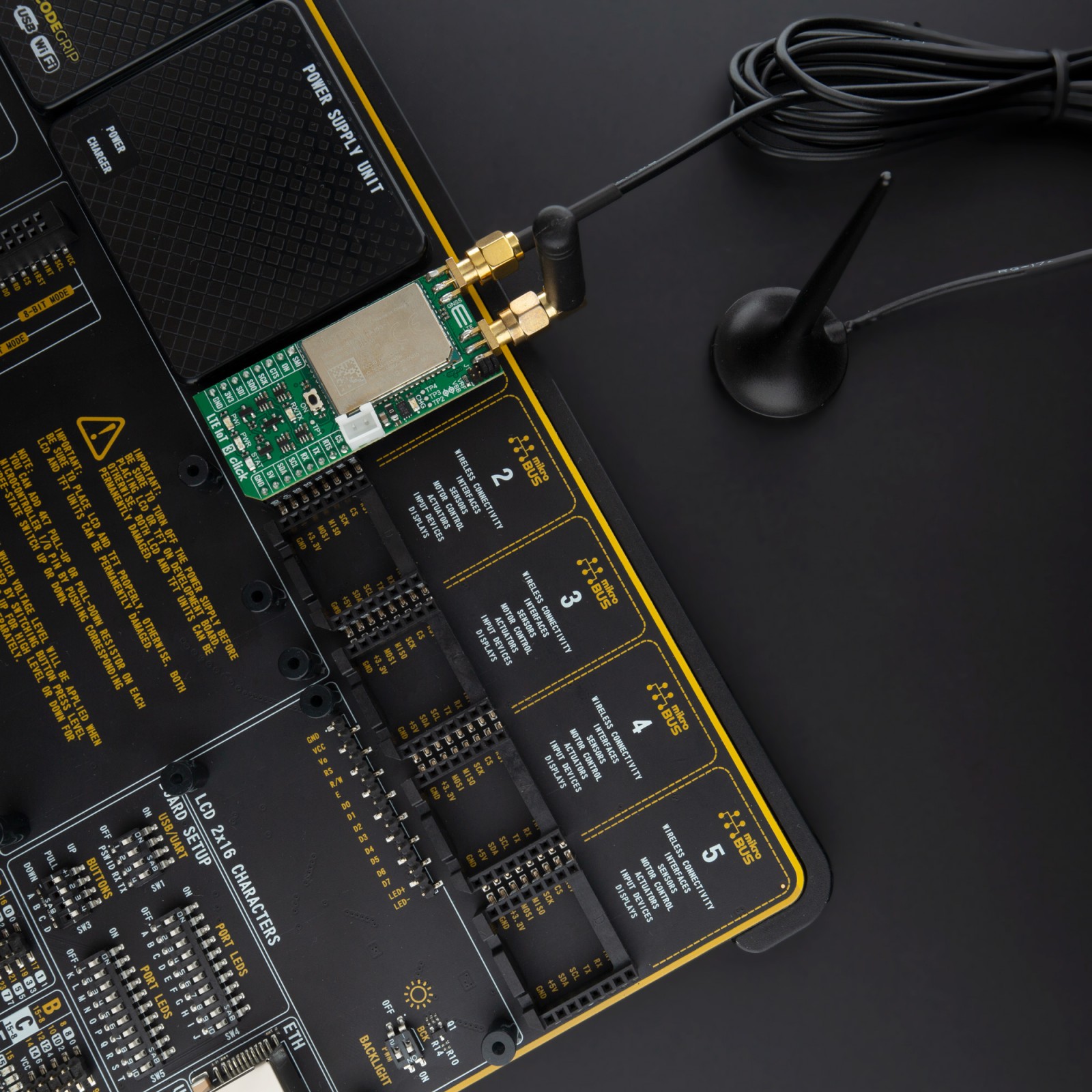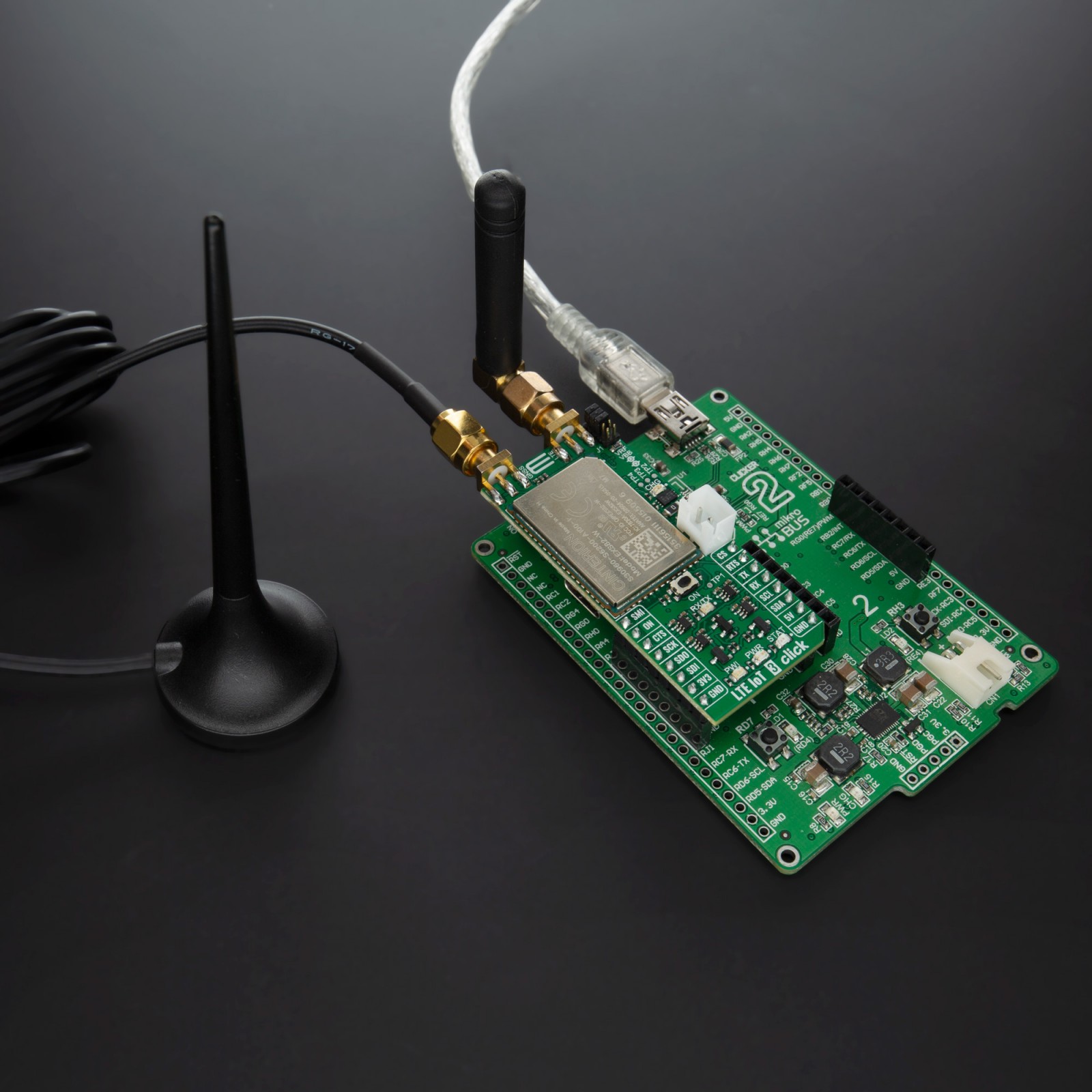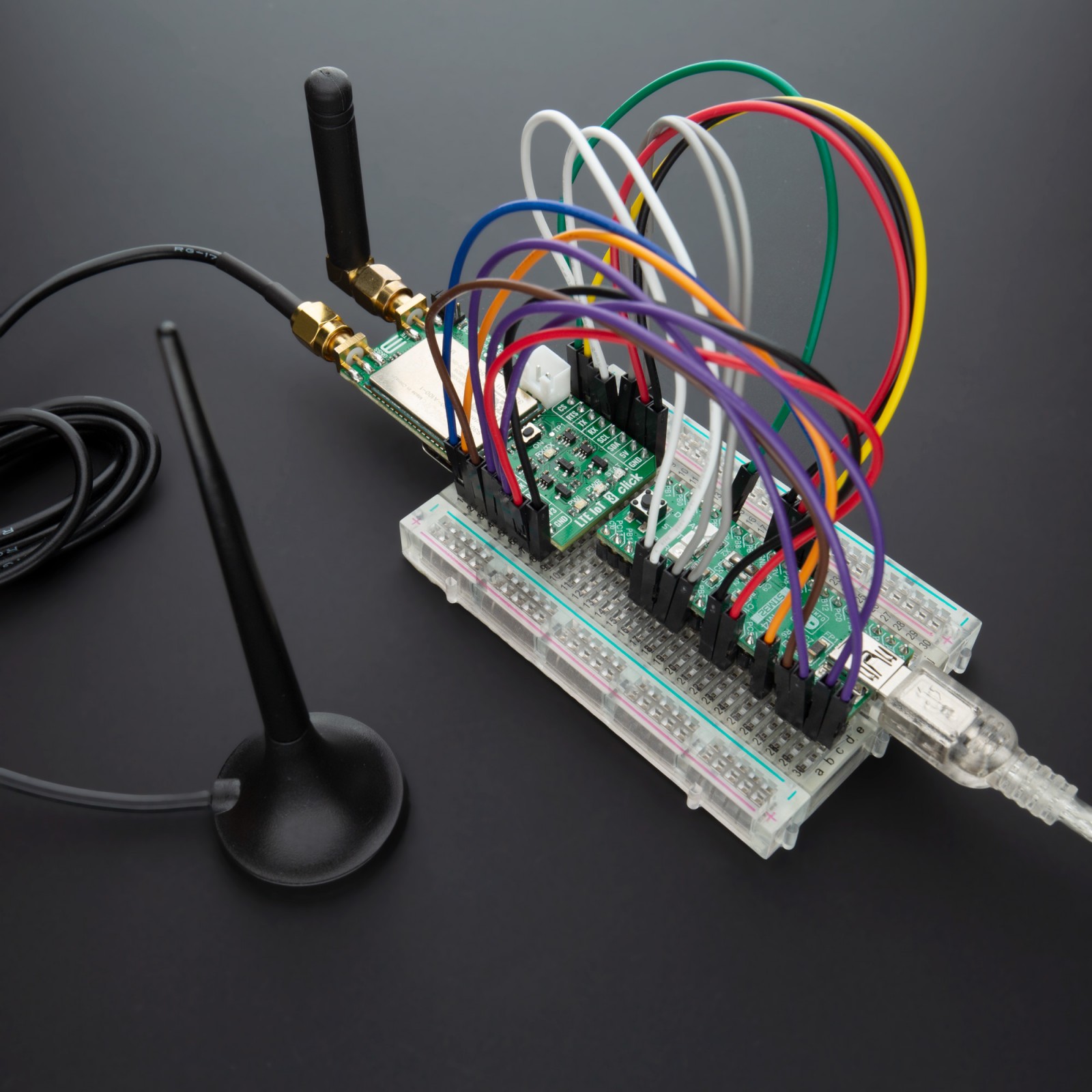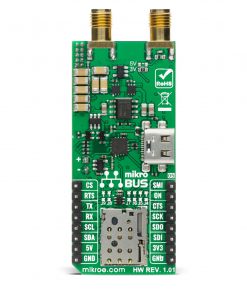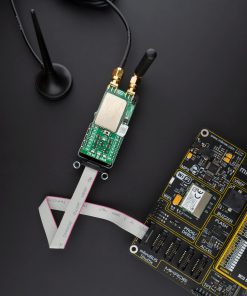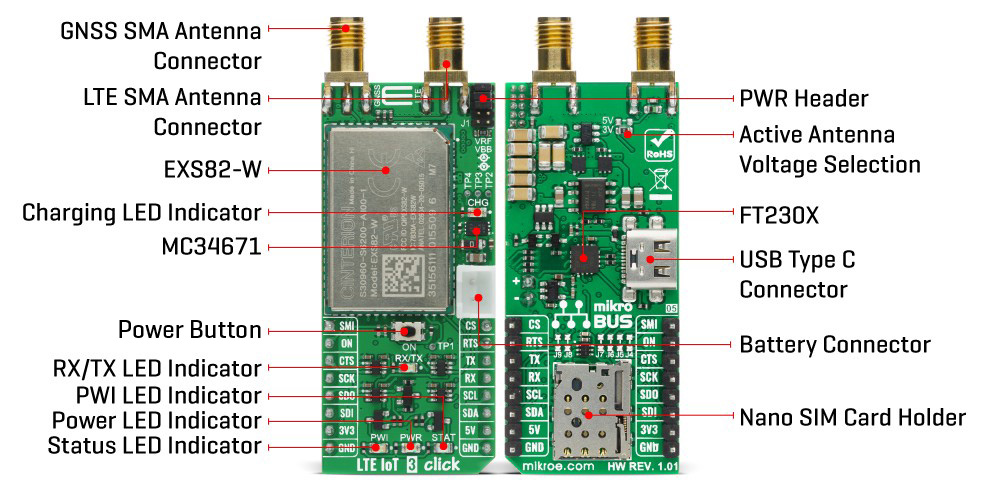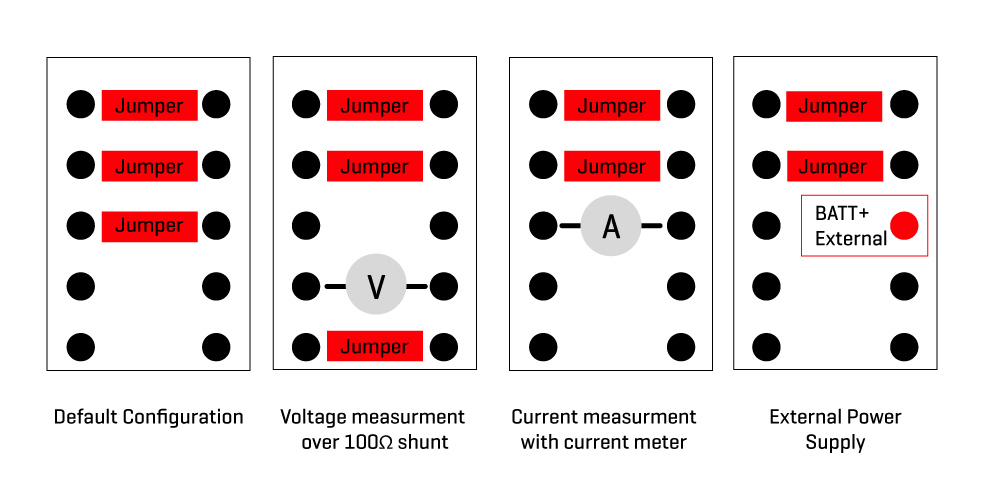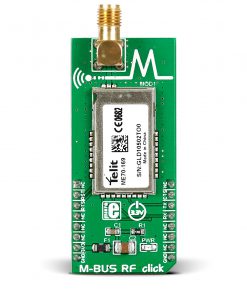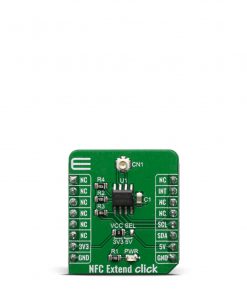-
×
 WiFi Plus Click
1 ×
WiFi Plus Click
1 × R2,200.00R1,980.00 -
×
 RTC 2 Click
1 ×
RTC 2 Click
1 × R460.00R414.00 -
×
 GSM/GNSS Click
1 ×
GSM/GNSS Click
1 × R1,650.00R1,485.00 -
×
 DIGI POT Click
1 ×
DIGI POT Click
1 × R370.00R333.00 -
×
 Alcohol 3 Click
1 ×
Alcohol 3 Click
1 × R700.00R630.00 -
×
 DAC Click
2 ×
DAC Click
2 × R405.00R364.50 -
×
 MP3 Click
1 ×
MP3 Click
1 × R480.00R432.00 -
×
 GSM Click
1 ×
GSM Click
1 × R1,050.00R945.00 -
×
 METHANE Click
1 ×
METHANE Click
1 × R330.00R297.00
Subtotal: R7,245.00


